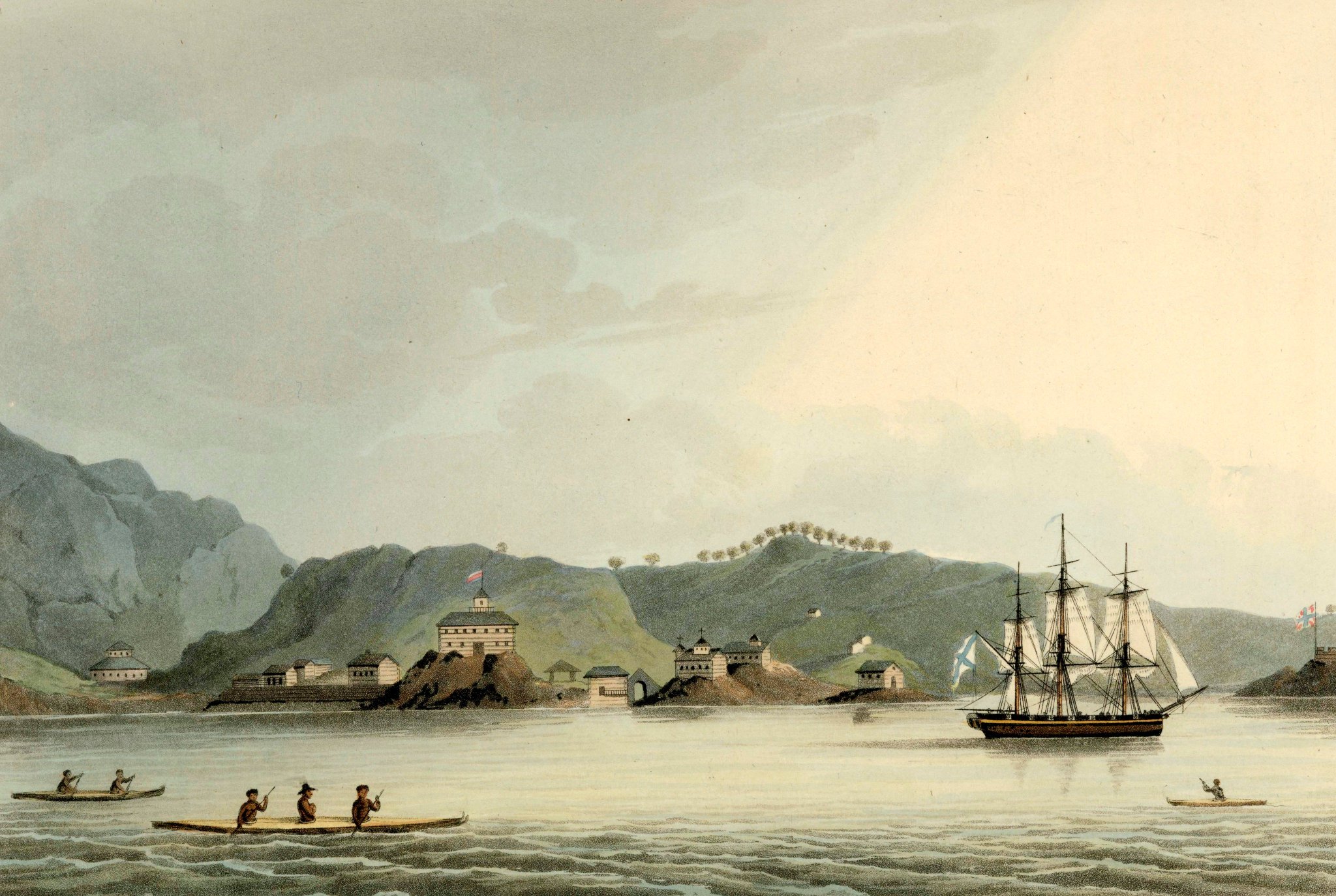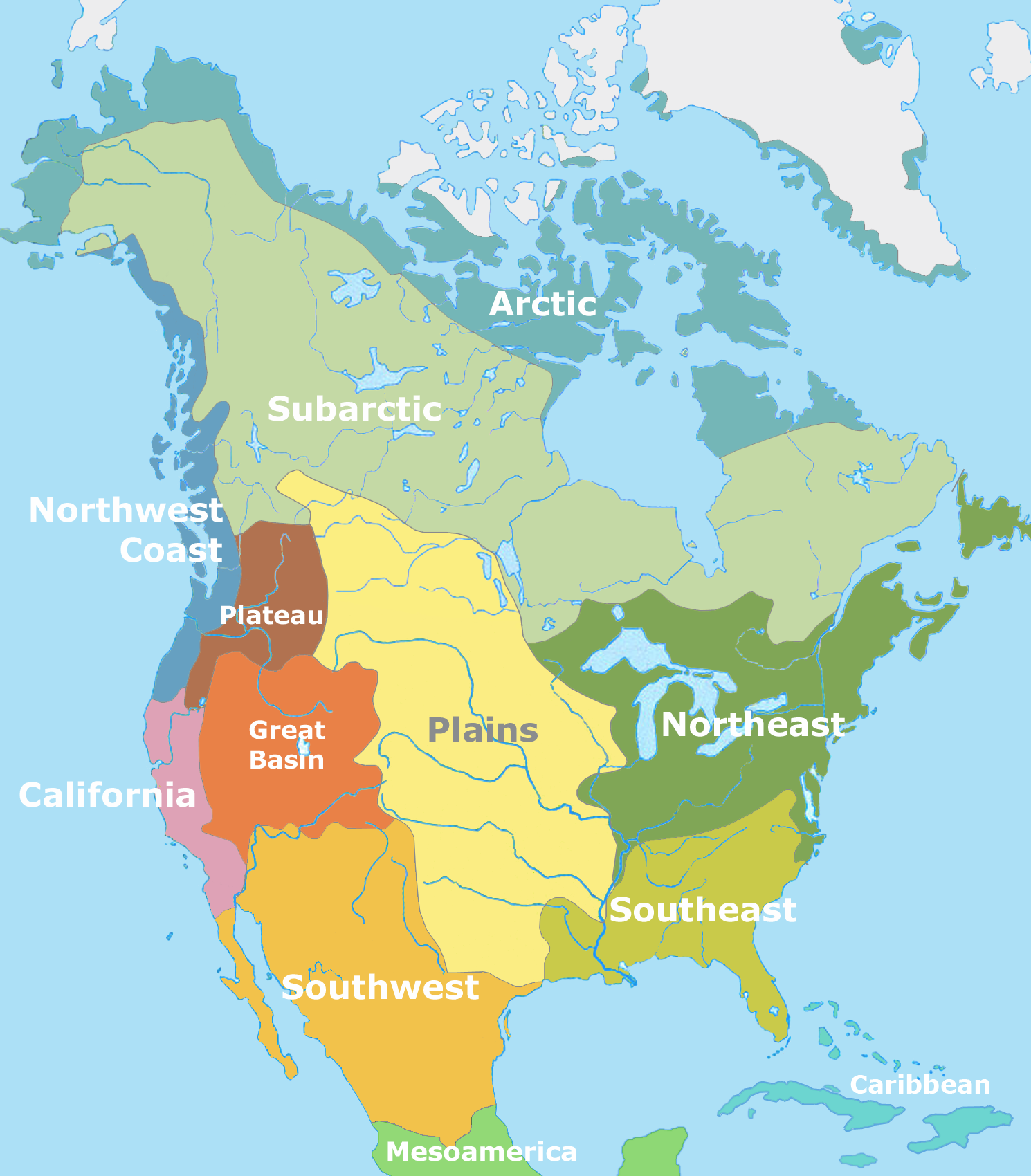|
Alaska Native
Alaska Natives (also known as Native Alaskans, Alaskan Indians, or Indigenous Alaskans) are the Indigenous peoples of the Americas, Indigenous peoples of Alaska that encompass a diverse arena of cultural and linguistic groups, including the Iñupiat, Yupik peoples, Yupik, Aleut people, Aleut, Eyak people, Eyak, Tlingit people, Tlingit, Haida people, Haida, Tsimshian, and various Alaskan Athabaskans, Northern Athabaskan, as well as Russian Creoles. These groups are often categorized by their distinct language families. Many Alaska Natives are enrolled in federally recognized Alaska Native tribal entities, which are members of 13 Alaska Native Regional Corporations responsible for managing land and financial claims. The migration of Alaska Natives' ancestors into the Alaskan region occurred thousands of years ago, likely in more than one wave. Some present-day groups descend from a later migration event that also led to settlement across northern North America, with these popula ... [...More Info...] [...Related Items...] OR: [Wikipedia] [Google] [Baidu] |
Christianity In The United States
Christianity is the predominant religion in the United States though sources disagree on the numbers. A Gallup survey from 2023 indicates that, of the entire U.S. population (332 million), about 67% is Christian (224 million). The categories used are Protestant, Christian (nonspecific), Catholic, Jewish, Mormon, Other, None, and No answer A plurality of Christians in the US identify as Protestant (33% of Americans), the next largest grouping is Roman Catholics (22%), 1% identify as Latter Day Saints, and 11% chose Christian. The United States has the largest Christian population in the world and, more specifically, the largest Protestant population in the world, with nearly 210 million Christians and, as of 2021, over 140 million people affiliated with Protestant churches, although other countries have higher percentages of Christians among their populations. The Public Religion Research Institute's "2020 Census of American Religion", carried out between 2014 and 2020, sh ... [...More Info...] [...Related Items...] OR: [Wikipedia] [Google] [Baidu] |
Aleut People
Aleuts ( ; (west) or (east) ) are the Indigenous people of the Aleutian Islands, which are located between the North Pacific Ocean and the Bering Sea. Both the Aleuts and the islands are politically divided between the US state of Alaska and the Russian administrative division of Kamchatka Krai. This group is also known as the Unangax̂ in Unangam Tunuu, the Aleut language. There are 13 federally recognized Aleut tribes in the Aleut Region of Alaska. In 2000, Aleuts in Russia were recognized by government decree as a small-numbered Indigenous people. Etymology In the Aleut language, they are known by the endonyms Unangan (eastern dialect) and Unangas (western dialect); both terms mean "people". The Russian term "Aleut" was a general term used for both the native population of the Aleutian Islands and their neighbors to the east in the Kodiak Archipelago, who were also referred to as "Pacific Eskimos" or Sugpiat/Alutiit. Language Aleut people speak Unangam Tunuu, the ... [...More Info...] [...Related Items...] OR: [Wikipedia] [Google] [Baidu] |
Yupik Peoples
The Yupik (; ) are a group of Indigenous or Aboriginal peoples of western, southwestern, and southcentral Alaska and the Russian Far East. They are related to the Inuit and Iñupiat. Yupik peoples include the following: * Alutiiq, or Sugpiaq, of the Alaska Peninsula and coastal and island areas of southcentral Alaska. * Yupʼik or Central Alaskan Yupʼik of the Yukon–Kuskokwim Delta, the Kuskokwim River, and along the northern coast of Bristol Bay as far east as Nushagak Bay and the northern Alaska Peninsula at Naknek River and Egegik Bay in Alaska. * Siberian Yupik, including Naukan, Chaplino,Achirgina-Arsiak, Tatiana"Northeastern Siberian: Yupik (Asiatic Eskimo)."''Alaska Native Collections.'' 1996. Retrieved 20 July 2012. and—in a linguistic capacity—the Sirenik of the Russian Far East and St. Lawrence Island in western Alaska. Population The Yupʼik people are by far the most numerous of the various Alaska Native groups. They speak the Central Alaskan Y ... [...More Info...] [...Related Items...] OR: [Wikipedia] [Google] [Baidu] |
Iñupiat
The Inupiat (singular: Iñupiaq), also known as Alaskan Inuit, are a group of Alaska Natives whose traditional territory roughly spans northeast from Norton Sound on the Bering Sea to the northernmost part of the Canada–United States border. Their current communities include 34 villages across ''Iñupiat Nunaat'' (Iñupiaq lands), including seven Alaskan villages in the North Slope Borough, affiliated with the Arctic Slope Regional Corporation; eleven villages in Northwest Arctic Borough; and sixteen villages affiliated with the Bering Straits Regional Corporation."Inupiaq (Inupiat)—Alaska Native Cultural Profile." ''www.nnlm.nlm.nih.gov'' ''National Network of Libraries of Medicine.'' Retrieved 4 Dec 2013. They often claim to be the first people of the [...More Info...] [...Related Items...] OR: [Wikipedia] [Google] [Baidu] |
Alaska
Alaska ( ) is a non-contiguous U.S. state on the northwest extremity of North America. Part of the Western United States region, it is one of the two non-contiguous U.S. states, alongside Hawaii. Alaska is also considered to be the northernmost, westernmost, and easternmost (the Aleutian Islands cross the 180th meridian into the eastern hemisphere) state in the United States. It borders the Canadian territory of Yukon and the province of British Columbia to the east. It shares a western maritime border, in the Bering Strait, with Russia's Chukotka Autonomous Okrug. The Chukchi and Beaufort Seas of the Arctic Ocean lie to the north, and the Pacific Ocean lies to the south. Technically, it is a semi-exclave of the U.S., and is the largest exclave in the world. Alaska is the largest U.S. state by area, comprising more total area than the following three largest states of Texas, California, and Montana combined, and is the seventh-largest subnational division i ... [...More Info...] [...Related Items...] OR: [Wikipedia] [Google] [Baidu] |
Indigenous Peoples Of The Americas
In the Americas, Indigenous peoples comprise the two continents' pre-Columbian inhabitants, as well as the ethnic groups that identify with them in the 15th century, as well as the ethnic groups that identify with the pre-Columbian population of the Americas as such. These populations exhibit significant diversity; some Indigenous peoples were historically hunter-gatherers, while others practiced agriculture and aquaculture. Various Indigenous societies developed complex social structures, including pre-contact monumental architecture, organized city, cities, city-states, chiefdoms, state (polity), states, monarchy, kingdoms, republics, confederation, confederacies, and empires. These societies possessed varying levels of knowledge in fields such as Pre-Columbian engineering in the Americas, engineering, Pre-Columbian architecture, architecture, mathematics, astronomy, History of writing, writing, physics, medicine, Pre-Columbian agriculture, agriculture, irrigation, geology, minin ... [...More Info...] [...Related Items...] OR: [Wikipedia] [Google] [Baidu] |
Tikhanov - Aleut In Festival Dress In Alaska (1818)
Mikhail Tikhonovich Tikhanov (Михаил Тихонович Тиханов; 1789–1862) was a Russian artist who accompanied Captain Vasily Golovnin's circumnavigation aboard the frigate ''Kamchatka''. Biography Born a serf in 1789, Tikhanov showed artistic talent at the age of seventeen and was sent by his master Prince Nikolay Alexeevich Golitsyn to the Imperial Academy of Arts in Saint Petersburg. Freed in 1815, he worked at the Academy before being recommended by Alexey Olenin for the post of an expeditionary artist for Captain Vasily Golovnin and the expedition of the ''Kamchatka'' around the world. During the voyage from 1817 to 1819, Tikhanov painted at least 43 different pictures of important figures and scenes from Russian North America, Alaska, California and Hawaii. He specialized in human portraits and painted figures including Hawaiian notables King Kamehameha I and High Chief Boki, as well as Russian colonial governor Alexander Andreyevich Baranov. Hawaii ... [...More Info...] [...Related Items...] OR: [Wikipedia] [Google] [Baidu] |
Inuit
Inuit (singular: Inuk) are a group of culturally and historically similar Indigenous peoples traditionally inhabiting the Arctic and Subarctic regions of North America and Russia, including Greenland, Labrador, Quebec, Nunavut, the Northwest Territories, Yukon (traditionally), Alaska, and the Chukotsky District of Chukotka Autonomous Okrug. The Inuit languages are part of the Eskaleut languages, also known as Inuit-Yupik-Unangan, and also as Eskimo–Aleut. Canadian Inuit live throughout most of Northern Canada in the territory of Nunavut, Nunavik in the northern third of Quebec, the Nunatsiavut in Labrador, and in various parts of the Northwest Territories and Yukon (traditionally), particularly around the Arctic Ocean, in the Inuvialuit Settlement Region. These areas are known, by Inuit Tapiriit Kanatami and the Government of Canada, as Inuit Nunangat. In Canada, sections 25 and 35 of the Constitution Act of 1982 classify Inuit as a distinctive group of Abo ... [...More Info...] [...Related Items...] OR: [Wikipedia] [Google] [Baidu] |
First Nations In Canada
''First Nations'' () is a term used to identify Indigenous peoples in Canada who are neither Inuit nor Métis. Traditionally, First Nations in Canada were peoples who lived south of the tree line, and mainly south of the Arctic Circle. There are 634 recognized List of First Nations band governments, First Nations governments or bands across Canada. Roughly half are located in the provinces of Ontario and British Columbia. Under Canadian Charter of Rights and Freedoms, Charter jurisprudence, First Nations are a "designated group", along with women, Visible minority, visible minorities, and people with physical or mental disabilities. First Nations are not defined as a visible minority by the criteria of Statistics Canada. North American indigenous peoples have cultures spanning thousands of years. Many of their oral traditions accurately describe historical events, such as the 1700 Cascadia earthquake, Cascadia earthquake of 1700 and the 18th-century Tseax Cone eruption. Writ ... [...More Info...] [...Related Items...] OR: [Wikipedia] [Google] [Baidu] |
Native Americans In The United States
Native Americans (also called American Indians, First Americans, or Indigenous Americans) are the Indigenous peoples of the Americas, Indigenous peoples of the United States, particularly of the Contiguous United States, lower 48 states and Alaska. They may also include any Americans whose origins lie in any of the indigenous peoples of North or South America. The United States Census Bureau publishes data about "American Indians and Alaska Natives", whom it defines as anyone "having origins in any of the original peoples of North and South America ... and who maintains tribal affiliation or community attachment". The census does not, however, enumerate "Native Americans" as such, noting that the latter term can encompass a broader set of groups, e.g. Native Hawaiians, which it tabulates separately. The European colonization of the Americas from 1492 resulted in a Population history of Indigenous peoples of the Americas, precipitous decline in the size of the Native American ... [...More Info...] [...Related Items...] OR: [Wikipedia] [Google] [Baidu] |
Alaskan Creoles
Alaskan Creoles () are the descendants of ethnic Russians in colonial Alaska, known as Russian Creoles (), who intermarried with Aleut, Yupik, Inuit, and other Alaskan Native peoples. Russian Alaska In Russian Alaska, the term Creole was not a racial category, rather the designation of "colonial citizen" in the Russian Empire. Creoles constituted a privileged class in Alaska that could serve in the Russian military, had free education paid for by the colonial government, and had the opportunity of social mobility in both colonial Alaska and in the Russian Empire. Creoles played an important role in Russian Alaska, as they managed colonial outposts and founded new Russian Creole towns. Their professions varied widely: they were teachers, clergy, navigators, cartographers, ship commanders, missionaries, hunters, interpreters, administrators and artists. The Creoles held a position of honor and respectability in colonial Alaska. While many Creoles initially were the offspring ... [...More Info...] [...Related Items...] OR: [Wikipedia] [Google] [Baidu] |








